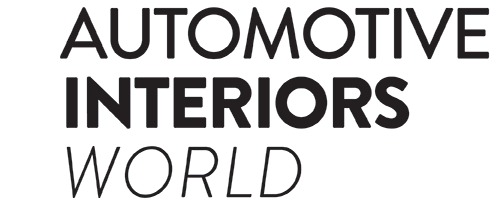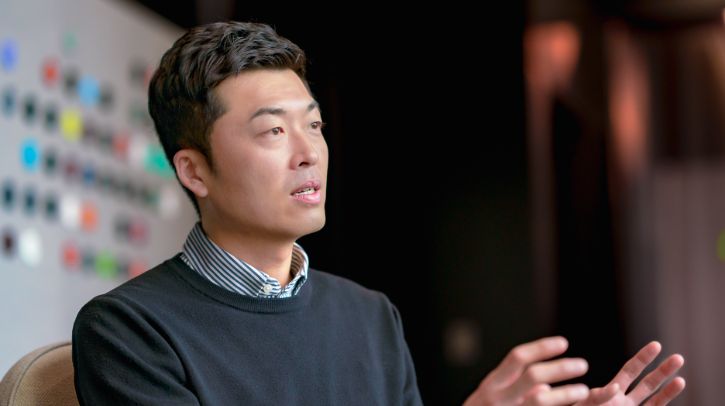After transitioning from exterior to interior automotive design, Jaeho Oh has been captivated by the “whole different world of creativity” seen in interior automotive design. Now, Genesis’s head of interior design faces the ongoing challenge of integrating the best technologies into Genesis models while maintaining a layout that’s simple and refined and features just the right amount of analog buttons.
Genesis sat down with Oh to discuss the process behind selecting an interior design for new models, and how the development of personalized vehicles will influence the South Korean luxury brand’s future cabins.
How did you get into automotive interior design?
I joined Hyundai Motor Company in 2008 and was offered a design lead position at Genesis in 2019.
While exterior design plays a crucial role in a customer’s purchasing decision, the interior is where they actually experience and live with the car, which I found attractive.
Genesis interior design is often defined by its signature ‘beauty of white space’ concept, what does this mean to you?
Beauty of white space goes beyond clearing out spaces. It’s about optimizing the arrangement of interior elements like buttons, displays and other components, and in that process, naturally creating negative space.
What does a typical interior design process look like for a new Genesis model?
Once the vehicle typology and its unique characteristics and identity have been confirmed, designers in Korea, Europe and the USA start sketching the interior while considering new user experience (UX) technologies. Each region then narrows down to about three candidates, we then pick the very best one.
So it’s like a competition?
In a way, yes. But if we’re talking about building silos and refusing to communicate, then no. We freely share ideas throughout the entire process. Even before the selection process, if I see something in another person’s design that I think would go well with mine, I incorporate that into my own design, and vice versa.
What happens after the selection process?
We take that selected interior design and discuss with numerous other teams to make it into production. This entire process differs by model, but it usually takes approximately three years.
Automotive interior design is continually evolving. What’s your take on the future of interior design?
In the past, cars primarily served as modes of transportation or status symbols. However, with advancements in autonomous driving and electric vehicles (EVs), today’s cars are increasingly becoming extensions of our living spaces.
How would that affect Genesis interiors?
For Genesis, this means that we will maximize our pursuit of the ‘beauty of white space’. We will maintain clutter-free interior designs while integrating key controls through AI and voice recognition. However, for safety and usability reasons, essential buttons will remain analog.
How else do you see Genesis interior designs evolving?
As customer expectations continue to rise, we plan to deliver a much more refined, detailed and luxurious experience. Projects like Genesis Magma and One of One will exemplify this evolution, providing a deeper level of exclusivity for our customers.
This is an edited extract from an interview first published at www.genesisnewsusa.com.
In related news, Mercedes-Benz recently held the world premiere for its Vision V, a limousine that features the auto maker’s scalable Van Electric Architecture which it says will “usher in a new era starting in 2026”, by reimagining large, privately positioned vans with a focus on what it terms the “Private Lounge”. Click here to read the full story.



